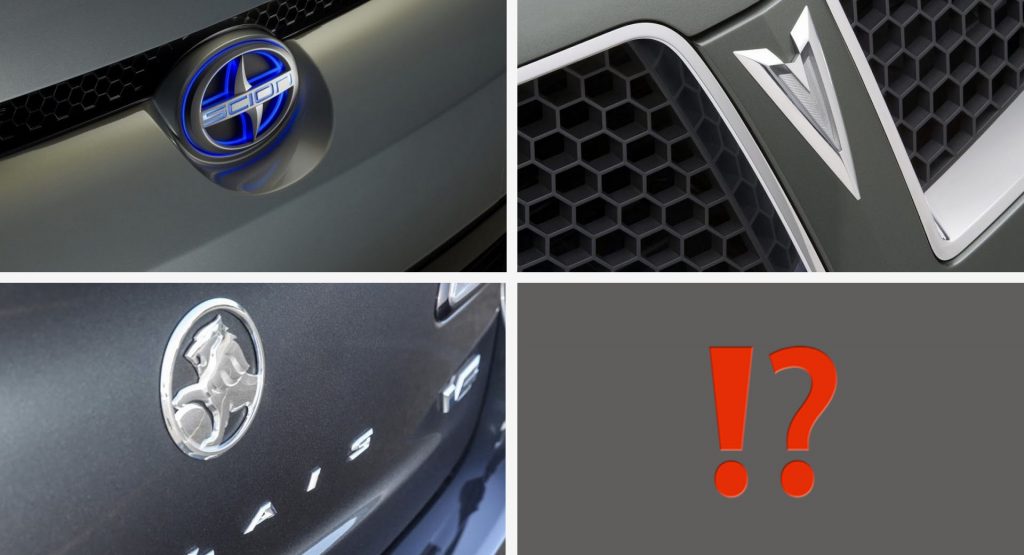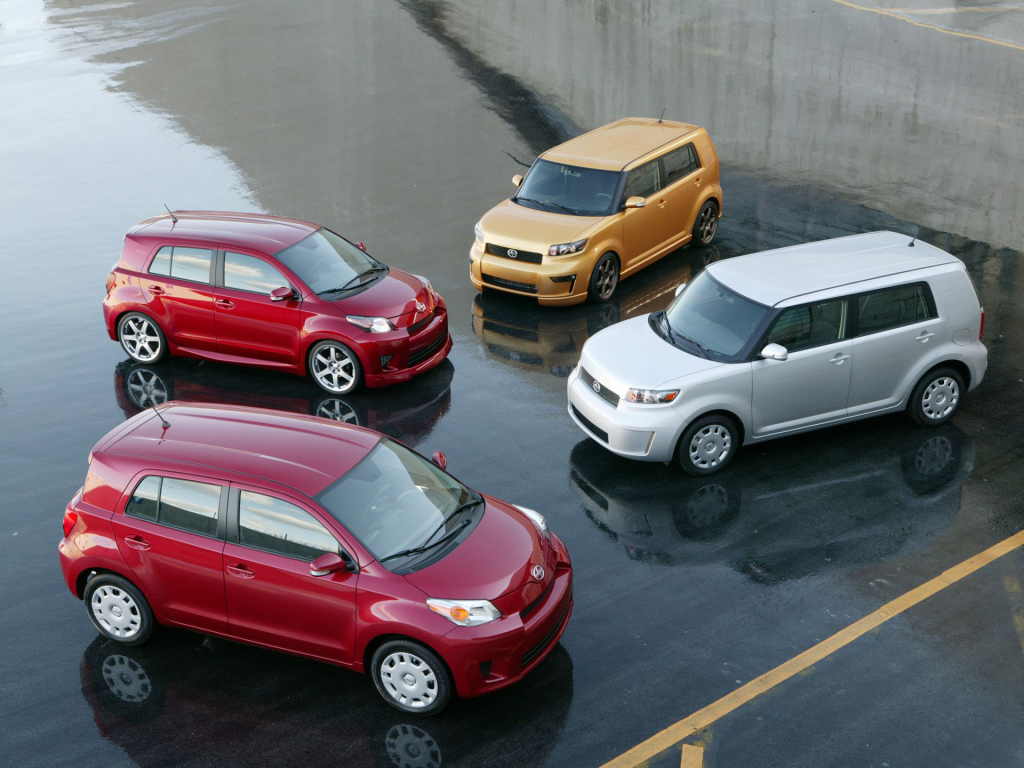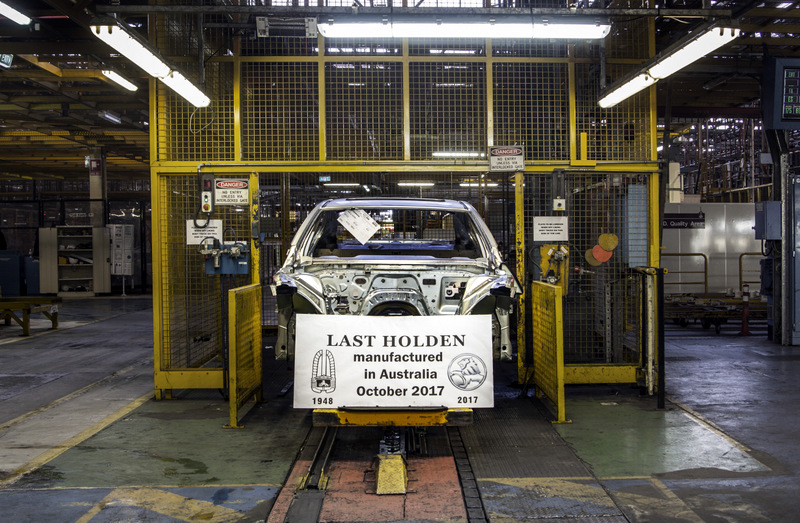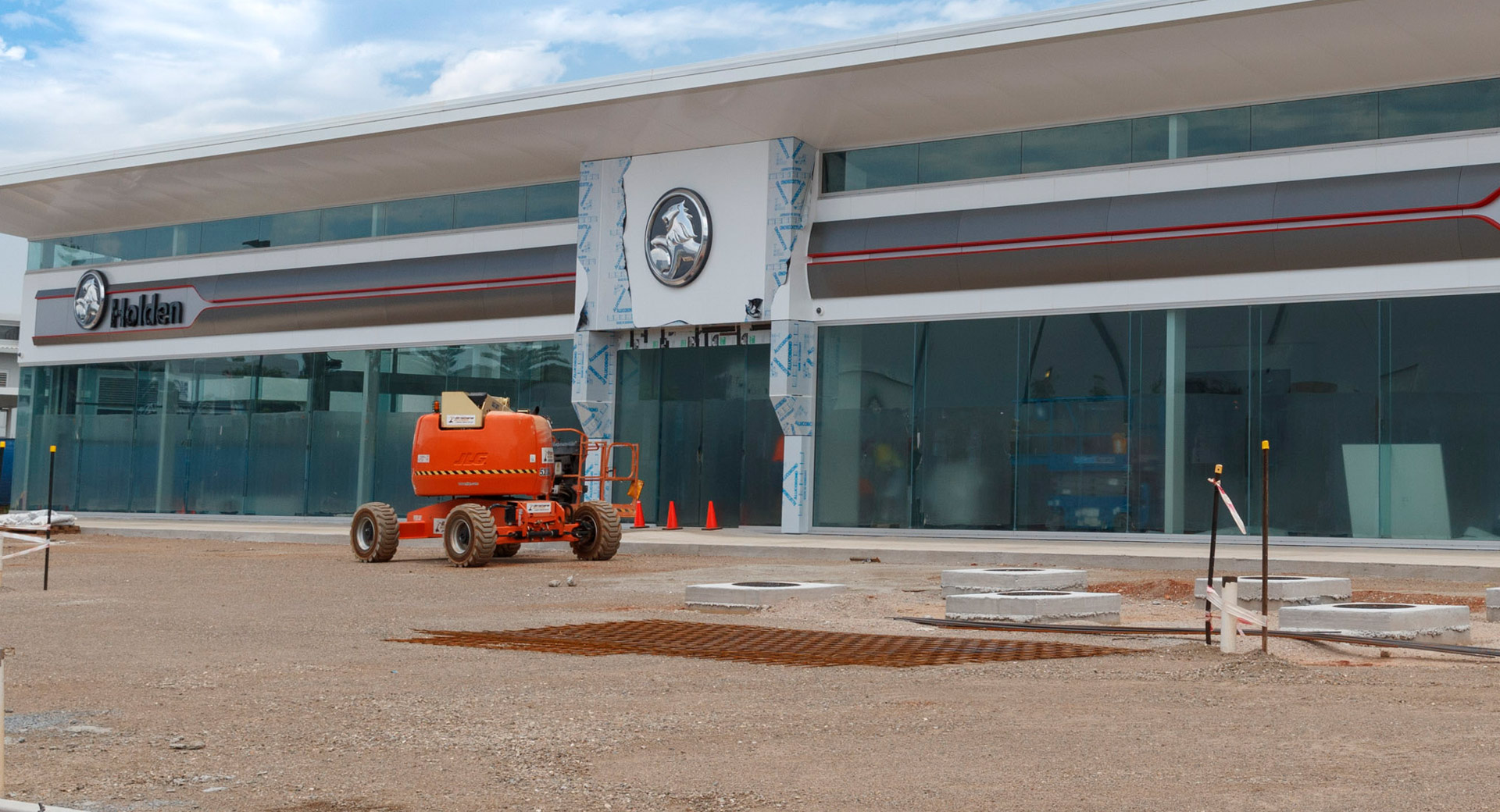Automotive brands die. Or rather — more often than not — they’re killed off. And no amount of sentiment (or owners’ clubs) can resuscitate them. It’s sad, but it’s part and parcel of corporations, consumer trends, and timing. If nothing else, it provides valuable lessons to the rest.
But nowadays, the automotive landscape is changing. While platform sharing and rebadging have been present almost as long as the modern automobile itself, thanks to the fundamentals of how an EV is packaged, having an almost “modular” approach to engineering is becoming increasingly commonplace.
Some may speculate that these skateboard underpinnings will result in even fewer opportunities for umbrella corporations to differentiate their various brands’ products.
Could this be the perfect time to shed some deadwood? Will we see boards deciding that there’s no point in pumping money into life support? If so, what brands do you think deserve to be put on ice?
While you fight it out in the comments, it can’t hurt to look back on the passing of a few dearly departed names of the auto industry.
Read: QOTD: What’s The Best-Looking SUV Of All Time?
Scion 2003–2016
Having successfully built a US-centric car brand once before, Toyota undoubtedly thought they could replicate that achievement without too much difficulty. The reality was far from the truth. There were high points after the launch, like with the introduction of the FR-S, but they were glimmers of hope for a dying brand. In truth, as with all on this list, there are many reasons why Scion failed.
But perhaps at its heart was that the brand no longer served a purpose. Scion was created as a youthful and hip car company, the antithesis of how the “young uns” viewed Toyota. It was aimed squarely at the “my first car” generation who wouldn’t be seen dead in something from the boring brand their parents drove. The problem was, Toyota itself managed to shake that image, and it found that the parent company didn’t actually repulse the audience it designed Scion to appeal to.
Infiniti (Western Europe) 2008–2020
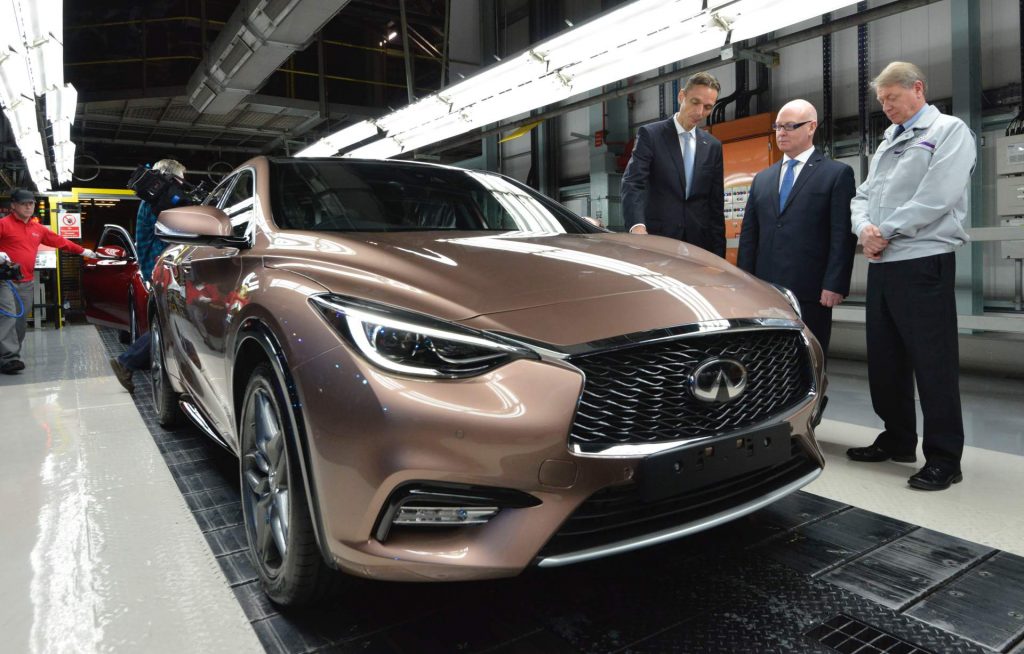
The European premium car market has always been a tough one to crack. What can be done successfully in the US can very rarely be replicated on the Old Continent. Lexus has seen some success, but their sales are still a drop in the ocean compared to the German “Big Three” of BMW, Audi, and Mercedes-Benz.
Timing wasn’t on Nissan’s side either. The financial crisis of 2008 coincided with the unveiling of Infiniti’s European arm at that year’s Geneva Motor Show. But even without the market turmoil, I suspect that the almost blinkered allegiance to the Big Three would have sent Infiniti packing sooner or later. Just ask Alfa Romeo, Volvo, or Jaguar how hard it is to make a dent in the Euro luxury car market.
Holden 1856–2020
Much has been written about the swift downfall of Australia’s home-grown auto industry. What may be surprising to some is just how important Holden was to GM’s business in the 2000s. The rear-wheel drive Zeta platform developed in Australia underpinned cars sold worldwide, including Chevrolets, Pontiacs, and Vauxhalls.
But competition was always intense, especially as the Australian government lowered tariffs on foreign-made vehicles. An influx of South Korean-built rebadged Daewoos did nothing to inspire confidence in the Holden name. Complaints of build quality issues for the Aussie-made cars, unions, and a sub-par SUV line-up all conspired against the home-grown automaker. And then GM announced it was withdrawing from RHD markets altogether. The end came about slightly sooner than anyone would have expected.




